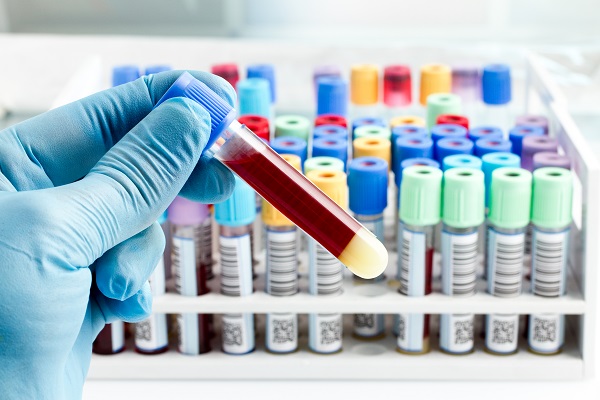Problems with Gas Chromatography in Oklahoma

The state of Oklahoma uses gas chromatography to test blood samples for blood alcohol concentration in DUI cases. This article summarizes the chromatography process and some common problems with it that can be raised in court.
What Is Gas Chromatography?
Gas chromatography (GC) is a scientific test used to separate and analyze chemical compounds, such as alcohol molecules and blood. The test involves injecting a known volume of the driver’s blood into a narrow tube, called a column. The blood sample is swept through the tube by a stream of carrier gas, such as helium. The tube contains a device called a column that is coated with a liquid or polymer, to which molecules of the blood and alcohol stick or adhere. Each type of molecule in the sample adheres differently and at a different rate, and as they move down to the end of the tube they are detected by a sensor. Different molecules reach the end at different times. Based on the amount of time and the amount of substance, a software program then identifies the molecules by their chemical composition. The resulting report shows “peaks” of different chemical compounds found in the sample.
Depending on the type of chromatograph machine used and various other variables, mentioned further below, the process described above can differ slightly. To some extent, the knowledge and skill of the technician operating the machine matters too.
Common Problems with Gas Chromatography in DUI Cases
There are a considerable number of variables at play in GC testing, and changes in the variables can affect blood alcohol concentration results. Here are just a few of the variables:
- Type of carrier gas used
- Sample size
- Position of sample vial
- Use of blank samples and control samples
- Calibration
- Injection type (direct injection, headspace methodology, or autosampler)
- Column type (capillary or packed)
- Number of columns
- Type of detector
These variables and others can lead to a flawed GC test result. In addition, environmental issues or human error, including the following, can cause problems:
- Impurities in the sample or carrier gas
- “Fuzzy” results due to damage to the tube or use of a tube with insufficiently sensitive calibration
- Contaminated sample
- Leaks in the machine
- Technician error (not turning on some part of the machine, etc.)
- Peaks in the report are unaccounted for
- The parent peak is misidentified
- Misinterpretation of the results, such as incorrect marking
Gas chromatography is a complicated scientific process with numerous variables at play that can affect the results. If your blood has been tested after a DUI arrest, locate an attorney with experience in interpreting and challenging gas chromatography results to assist in rebutting the state’s test result evidence.
If you need representation in an Oklahoma court for a DUI charge, seek out the attorney who teaches other attorneys and law enforcement about sobriety testing techniques. Clint Patterson, Esq., of Patterson Law Firm, a former Tulsa prosecutor now using his trial experience and expert-level knowledge of DUI science to defend drivers, may be able to challenge gas chromatography testing for you. To schedule a case evaluation, visit Patterson Law Firm online or call Clint’s office at (918) 550-9175.

